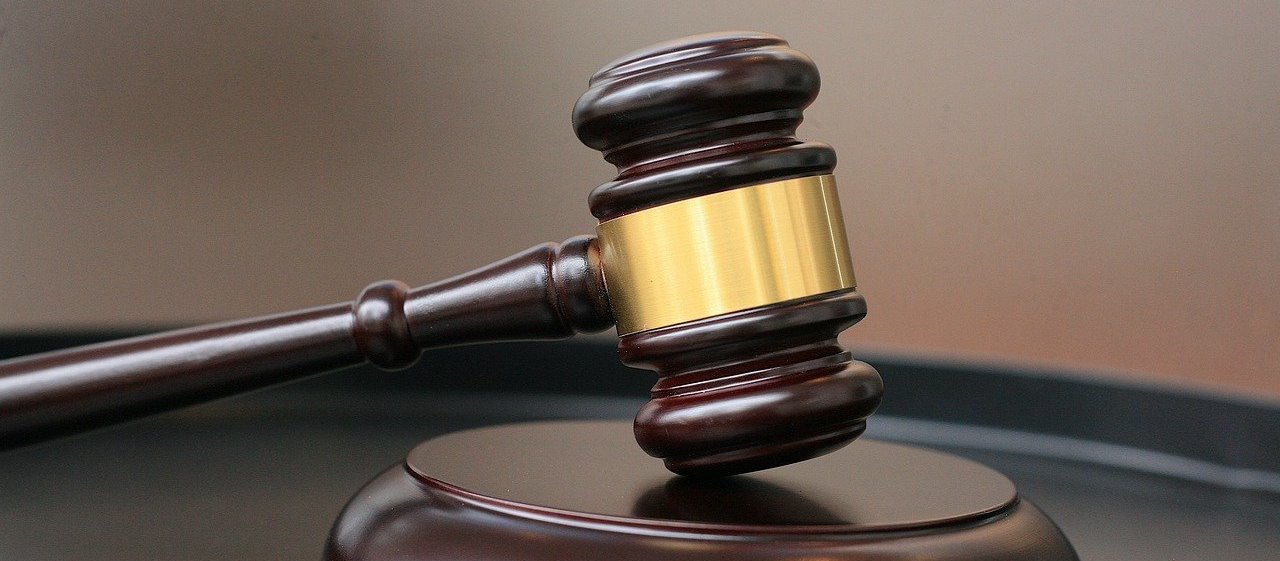What is the Difference between Bailiffs and Sheriffs?
Posted on 16th April 2024 at 14:48
To guarantee the proper operation of the law, certain roles and responsibilities are allocated within the legal system. The roles of bailiff and sheriff are two examples of this; though they seem similar initially, there are obvious differences between the two roles.
The major duty of a bailiff, an officer of the court, is to keep the courtroom secure and orderly. They serve as a point of contact between the general public and the court, ensuring that proceedings are orderly and secure. In order to maintain decorum, enforce courtroom regulations, and support judges and other court staff, bailiffs are usually present during trials, hearings, and other legal proceedings. Bailiffs perform tasks in the courtroom as well as outside of it when carrying out specific legal procedures. Serving legal papers to parties engaged in a legal dispute, including summonses or subpoenas, may fall under their authority.
In order to enforce judgement compliance or debt collection, bailiffs may also execute the court's orders regarding the seizure of assets or property.
Sheriffs, on the other hand, are responsible for much more and work outside of the courts. Sheriffs are law enforcement officers assigned to certain jurisdictions, such as counties or regions, and are usually elected or appointed. In their authority, they are in charge of upholding the law, preserving public safety, and defending the rights of citizens. Sheriffs are able to carry out criminal investigations, make arrests, and carry out court orders. To protect the safety and security of their communities, they collaborate closely with police departments and other law enforcement organisations.
Key Differences include-
Authority Scope:
Bailiffs are primarily responsible for maintaining order in the courtroom and making sure that all legal proceedings are conducted properly. Overseeing law enforcement operations and preserving public safety at the county level, sheriffs have greater authority.
Election/Appointment:
Usually, court administration or the court itself designates bailiffs. On the other hand, in many jurisdictions, sheriffs are elected officials who are selected by the people through elections.
Responsibility:
Bailiffs are responsible for keeping the peace in the courtroom, protecting the judges, and supporting them during court cases. Sheriffs manage county jails, carry out civil orders, and general law enforcement, among other duties.
Training and Requirements:
Bailiffs usually go through training tailored to their particular function in the legal system. They might go through training courses covering legal processes, courtroom security, and how to handle legal documents properly. To get ready for their more expansive law enforcement duties, sheriffs, on the other hand, frequently go through intensive law enforcement training, including academy training.
In conclusion, although both bailiff and sheriff play a part in the administration of justice, bailiffs and sheriffs have different duties. Sheriffs are the top law enforcement officials at the county level and are in charge of enforcing the law and preserving public safety outside of the courthouse. Bailiffs are the guardians of the courtroom, making sure it runs smoothly. Gaining insight into the complex terrain of the legal system requires an understanding of these distinctions.
If you need help with debt collection please contact us
Share this post:



